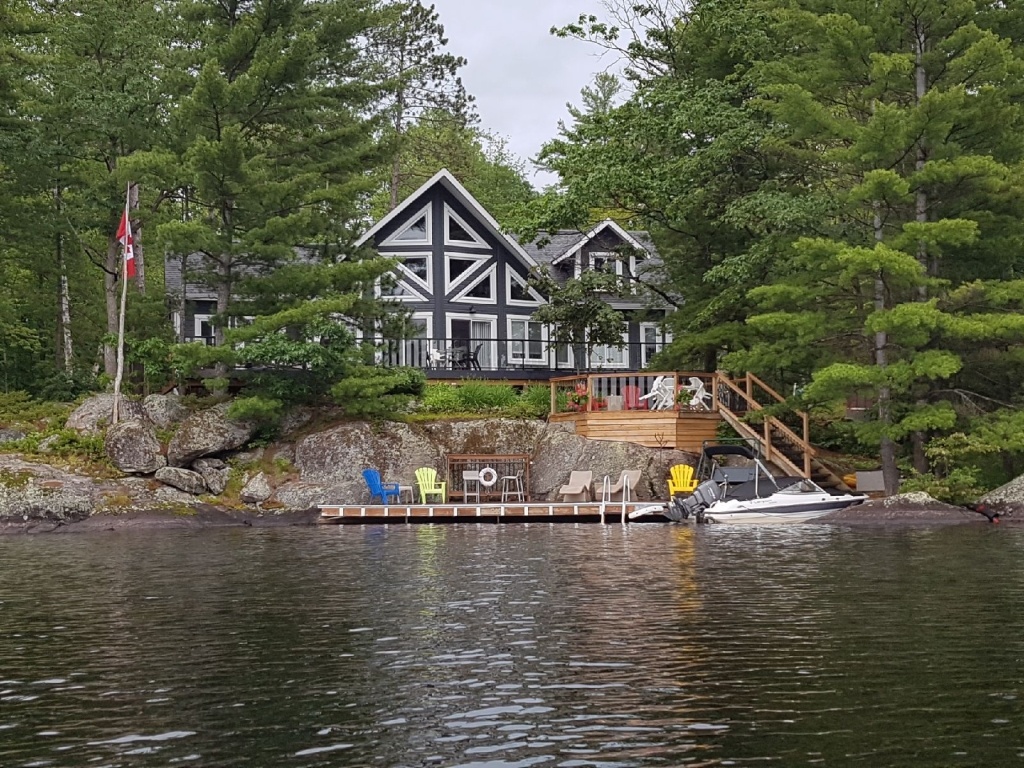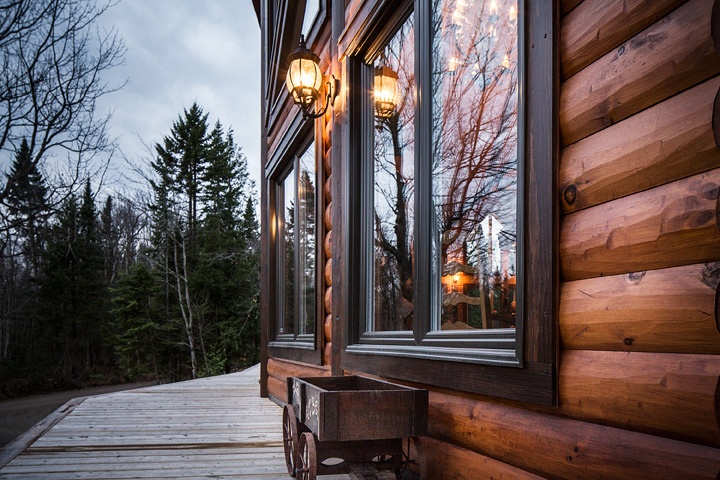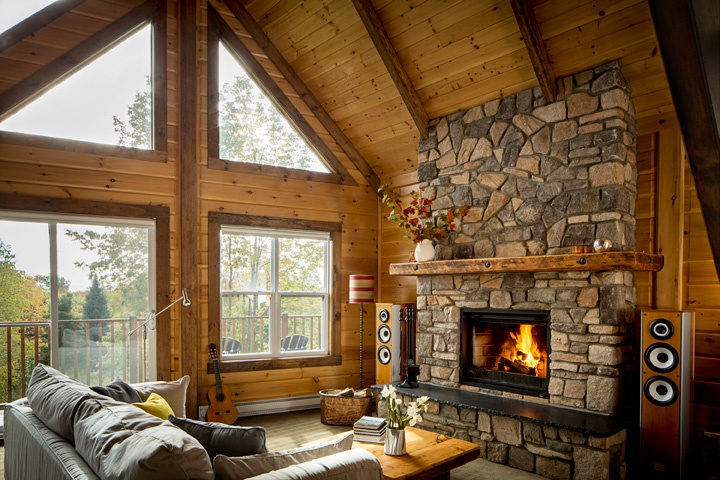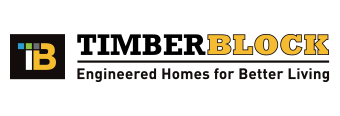The look, feel and smell of a wood home....there's really nothing like it. Today, we're looking at building a Timber Block home vs. a traditional "log" home, specifically when it comes to care, maintenance and efficiency.
Finishes:
With most traditional log homes, homeowners have to re-stain their home every few years, sometimes as little as every 3 years. This isn't something that can just be dismissed, as it can be a lengthy, difficult and costly process.
Timber Block: All Timber Block homes come with a 15 Year Warranty on Finishes. Plus, not only that, there are many color choices - you truly can choose the perfect color for your home.

Chinking
Anyone who has built a log home will tell you - this is also a process you can't ignore. For most, chinking is done every year. Chinking is a sealant used to seal the joints between the logs. However, gaps and cracks will continue to form, which results in the chinking process required to happen annually.
Timber Block: Chinking is NEVER required. This is because our wood is dried to an 8-10 percent moisture content. This, along with our overall processes and procedures ensures the home will never settle or check, and chinking won't be something you will have to worry about.

Bugs, Pests & Insects
It makes sense that insects will love to chomp on a traditional log home. These bugs will create holes in the log. This means the homeowner will have to study the home up and down (and all around!) on a continuous basis to make sure insects aren't damaging the logs.
Timber Block: Much the same as the reason why chinking isn't required, the level of dryness of the wood ensures no cracks or settlement. Basically, it leaves no space for bugs and insects to squirm their way in.

General Maintenance
Traditional log homes can be subject rot. Homeowner must make a habit of inspecting their logs to make sure the inevitable cracks aren't facing up. Why? This could result in the chance of rain soaking through the log.
In addition, cracks in the logs could also mean air getting in. This could make the home less energy efficient and less comfortable.
Timber Block: R-30 wall insulation is standard in every single Timber Block home. This, along with a tight thermal envelope means the home is highly energy efficient and very comfortable. Plus, the air quality is nice and safe for the entire family. R-36 is available as an upgrade.

The list of benefits of building a Timber Block goes on and on. They can be built anywhere. The walls are installed in hours. The homes are energy efficient, ecological and environmentally favorite. Just to name a few.
To learn more about Timber Block homes, or to see the extensive line of plans in several different series, head to www.timberblock.com.
You can also contact a Timber Block Home Consultant or visit a location near you.


